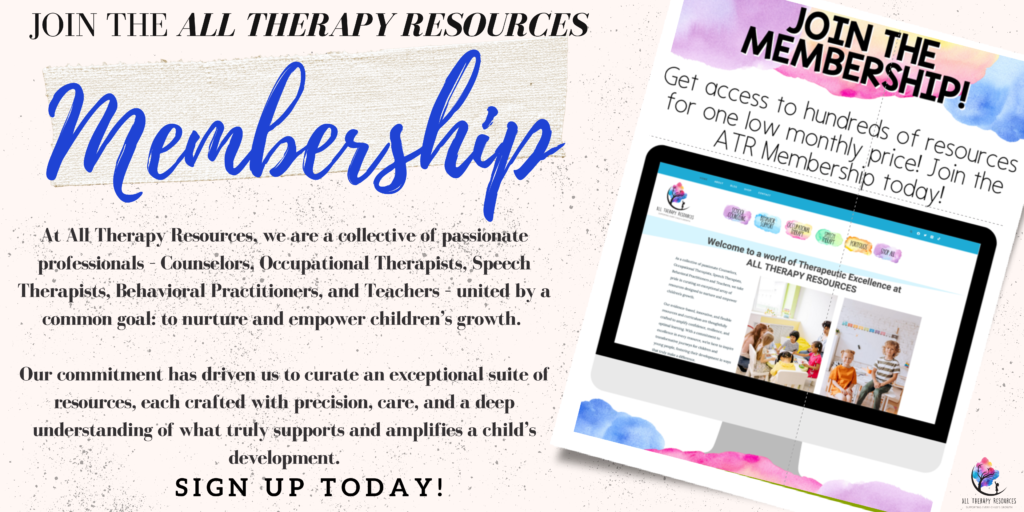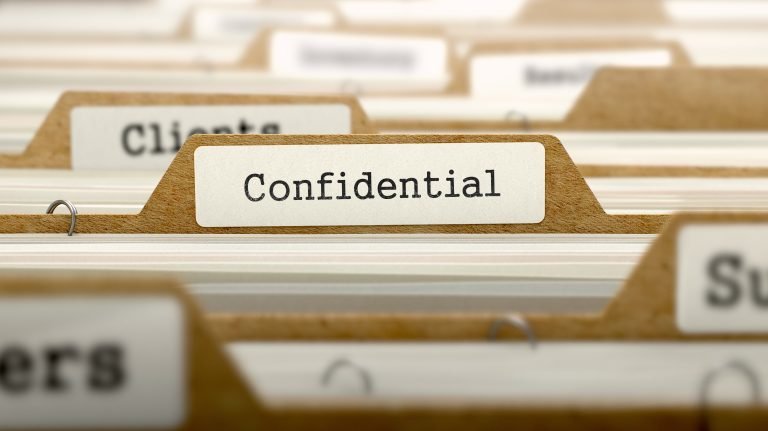Best Ice-Breakers for Counseling Groups That Kids Actually Like

Do Your Counseling Groups Start Off a Bit… Awkward?
We’ve all been there—starting a new group with a mix of students who don’t know each other, don’t want to be there, or feel a little too nervous to speak. As a school counselor and play therapist, I’ve learned that how we start a counseling group can set the tone for everything that follows. One of the most effective tools in our toolbox? Engaging, kid-approved ice-breakers.
But let’s be honest: not all ice-breakers are created equal. Some feel forced. Others flop. And if your students are neurodiverse, trauma-affected, or socially anxious, you need activities that are safe, inclusive, and developmentally appropriate.
In this post, I’ll share the best ice-breakers for counseling groups that kids actually enjoy—because they’re simple, creative, and connection-driven. I’ll also include insights from my own group work, along with practical strategies for making your ice-breakers trauma-sensitive and fun.
Why Ice-Breakers Matter in School Counseling Groups
When kids feel emotionally safe and included, they’re more likely to engage, participate, and benefit from group counseling. Ice-breakers are more than just fun; they help:
- Reduce anxiety
- Build trust and connection
- Encourage communication
- Normalize sharing
- Set a tone of safety and respect
In groups where kids may be navigating trauma, friendship issues, anxiety, or emotional regulation challenges, a gentle, thoughtful entry point into group work is essential.
My Early Mistakes With Ice-Breakers (And What I Learned)
In my first year of running groups, I used a “Two Truths and a Lie” activity in a small group focused on grief. It was meant to be fun—but one student refused to participate, another gave answers that clearly touched on family loss, and the vibe turned uncomfortable fast.
That day taught me that ice-breakers must match the group’s emotional readiness and theme. What works in a friendship group may flop in a group for anxiety or family change. Over time, I built a toolkit of go-to activities that are adaptable, inclusive, and trauma-informed.
The Best Ice-Breakers for Kids in Counseling Groups
Below are tried-and-true favorites that work across grade levels, with variations for different needs and group themes.
1. Feelings Bingo
What it is: A bingo board filled with prompts like “I have a pet,” “I’ve felt nervous before a test,” or “I like to draw.”
Why it works: Helps normalize feelings and experiences. Kids enjoy the challenge of finding classmates who match each box.
How to use it: Encourage students to walk around and ask one another. For virtual or shy groups, adapt by discussing as a group.
2. Would You Rather?
What it is: Silly or thoughtful “Would you rather…?” questions that spark laughter and connection.
Examples:
- Would you rather be a superhero or a famous singer?
- Would you rather always feel happy or always feel calm?
Why it works: Encourages low-pressure sharing and reveals interests or personality quirks in a fun way.
Counselor tip: Use color-coded cards or themed dice (e.g., I use a color-coded M&M game as an entry point, where each color = a question category).
3. Personal Shield Activity
What it is: Students fill in a shield with four sections: something they like, something they’re good at, a feeling they often feel, and something they’re proud of.
Why it works: Offers structured self-expression and builds confidence early on. Helpful for groups focused on self-esteem or identity.
Counselor insight: One student in a self-confidence group was extremely quiet—until he shared his drawing of a soccer ball and said, “I feel calm when I play.” That one moment became a bridge for deeper sharing in later sessions.
4. Name Toss With Compliments
What it is: A soft ball is tossed around the circle. Each student says the name of the person they’re tossing to—and one kind word or positive trait (real or imagined).
Why it works: Builds name recognition, increases positive connections, and boosts group energy.
Adaptation: For younger or more anxious students, begin by tossing and saying only names until trust is built.
5. Emotion Charades
What it is: Students act out a feeling (happy, sad, worried, proud) and the group guesses.
Why it works: Strengthens emotional literacy in a playful way and sets the tone for SEL learning.
Tip: If acting feels too vulnerable, adapt with emoji cards or drawing the emotion instead.
6. Object Show and Tell (With a Twist)
What it is: Ask students to bring in or choose an object that tells something about them—a favorite toy, a keychain, or something they found in nature.
Why it works: Offers insight into student interests and provides a physical anchor for discussion.
Real-life moment: A student once brought in a rock from his grandfather’s garden. It opened the door to conversations about grief, legacy, and comfort—all from one object.
7. “What’s in Your Backpack?” Game
What it is: A paper template of a backpack where students draw or write what they “carry”—both literally and emotionally.
Why it works: Encourages sharing feelings without forcing vulnerability. Great for groups focusing on anxiety, trauma, or transition.
Trauma-informed tip: Let students choose if they want to share their backpack with the group or not. Respect boundaries.
Tips for Choosing the Right Ice-Breaker
1. Match It to the Group Purpose
A friendship group might thrive on social games, while an emotion regulation group may need gentler, more contained activities.
2. Keep It Low-Pressure
Avoid ice-breakers that rely on performance or public speaking in early sessions. Use partner or small-group formats when needed.
3. Consider Sensory and Emotional Needs
For neurodiverse students or those affected by trauma, ice-breakers that are quiet, visual, or movement-based can be more accessible.
4. Repeat and Revisit Favorites
Kids love routine. Don’t be afraid to bring back the same activity in week 3 or 4—it can serve as a safe anchor in group time.
Final Thoughts – It’s Not About the Ice-Breaker, It’s About the Connection
The best ice-breakers are not about bells and whistles. They’re about creating a space where students feel safe, seen, and ready to connect. When we offer students thoughtful, trauma-sensitive ways to engage from day one, we’re not just breaking the ice—we’re building a bridge.
Some of my most powerful group breakthroughs started with the simplest activities. A coloring sheet. A shared laugh. A quiet student who finally raised their hand during a game.
You don’t need to reinvent the wheel—just focus on connection, not perfection.
Want Ready-to-Use Ice-Breaker Resources for Your Counseling Groups?
The All Therapy Resources Membership includes a complete Counseling Group Ice-Breaker Pack with printable visuals, question cards, worksheets, and activity guides—designed by professionals who understand real school counseling life.
Join today and get instant access to all our group resources, activities, and printables—so you can spend less time planning and more time connecting.













